-
Posts
109 -
Joined
-
Last visited
Content Type
Profiles
Forums
Calendar
Gallery
Articles
420 Directory
Classifieds
Posts posted by Felix
-
-
That's great! Speaking of noisy fans, I bought a 120mm fan, this thing is so loud I can hear it from the street!
 So no exhaust fan for now, lol! I'm curious, how many plants do you grow at a time?
So no exhaust fan for now, lol! I'm curious, how many plants do you grow at a time?Just be carefull with no exhaust... air exchange is just as important as light and water.
Cheers
Reaf
Hey glo
Was wondering if you or someone else could point me in the right direction. I am busy laying out a 12sqm groom. I was wondering what units to get for intake and extraction. I was thinking 2 x10" units for extract and a 4" for intake. I have no idea how much air i should be moving so I'm just guessing. I will be adding Co2 next year. Thanks
✌
Sent from my D5803
-
-
She is flowering now and is doing great outside. I've just planted my two month old kalishnikov clone in the ground with two jack herer to follow when they are slightly bigger. I've put a shade cloth cover at 2.5m should protect well against any freak weather. I'll let them run there course outside....curious to see what happens. If most of my holy grail kush clones make it I will have a spare to also stick in the ground
✌

Sent from my D5803
-
I'm using 300W led panels. She was one of six and is anout 60cm taller than her sisters. Couldn't scrog over the others. Moved her onto my sundeck. She has stopped stretching and heads are twice the size of her sisters. Probably a slightly different pheno. Her yeild is outstripping her sisters big time little cheese auto the super cheese are next. My mistake in the first post. Super cheese are photos not autos...
✌

Sent from my D5803
-
I am growing 6 auto super cheese all same conditions. My one auto won't stop stretching. She is in coco perlite. Can I put her outside or will that kill her. Temps during the day are great nights aren't dropping low. I could bring her in in the evenings. Advice please. She is trying to grow past my lights....thanks
Sent from my D5803
-
I've tried to make an interesting post, If you found it interesting, please vote for me. Id like to win that LED 3rd Prize.
http://www.420sa.co.za/index.php/topic,659.msg5378.html#new
Very cool. I didn't look at all the clips but I would be very interested in how.
I nominate this one to... In the quoted text
✌

Sent from my D5803
-
I'm poor enough to enjoy winning any of this...nominate me if you struggling to find a nomination.....lmao.... Oh well I'm pretty sure my nomination will win somethin...✌

Sent from my D5803
-
Nice research Felix. Tag me when you start your grow.
Sent from my D5503 using Tapatalk
With pleasure.... If you tell me how....lmao...✌
Sent from my D5803
-
Hi guys
So I have decided to order 2 55x3w pannels and customise my lights. My chosen ratio is red-blue 7-2 with 1 cool white 9500k. Following are the wave length of the units to be used
430-440nm, 450-475nm, 620-630nm, 640-650nm, 650-660nm
Below are some pics explaining the wavelengths for weed. Would be interested in other opinions on the custom choice. Pics came from Google. Thanks
✌.... Bless
Sent from my D5803
-
Green leafs post is also good!
Sent from my D5803
-
Eish Felix


That's a post of Green Leaf Organics', you aware of that?
Seeing as you were trying to nominate Toby in the first place. What about This Post of Toby's
That's also an excellent post. I'm good with that post. Here's my vote 
✌
Sent from my D5803
-
Eish Felix


That's a post of Green Leaf Organics', you aware of that?
Seeing as you were trying to nominate Toby in the first place. What about This Post of Toby's
That's just a symptom of my fucking week. Ok lets try once more .... Lmao...Maybe I should go back to bed
✌
Sent from my D5803
-
First post? You sure? The first post was made on February 02, 2015. It doesn't qualify. It needs to be a post that was made between 12/06/15 and 10/09/15
Sorry busy day
May 20....choosing just a single one was tricky
✌
Wasn't paying attention again....so finally getting within the correct dates August 20 2015
http://www.420sa.co.za/index.php/topic,341.msg5023.html#msg5023
-
Unique to YOUR wants. Far Red, UVB, Green, all have shown to have some kind of benefit, one way or another but common sense tells you that green is pointless and UVB must be controlled. Sooooooooo, can I have three different panels then...
To my research green is the only colour that has no effect. Hense people work in their grooms under green lights at times of lights out with no disruption to the flower cycle. I would be more selective about the ratio of lights in the setup as opposed to just which colours. Many growers grow with only 5 Spectra with awesome result. I myself would custom to six and ratio 7.2.1. Red&red&farred blue&blue and orange. Not sure what I believe with uv yet. I'm currently using med priced led with 5 bands and others were complimentary of my results. I think as it becomes more affordable, more of us can afford a couple of different units to test at home with believable results. I have had brilliant results with led in complex planted aquariums it's just a matter of dialing the colour and the ratio in. Forums like this are an excellent place to post discuss and view results. Where else can you ask the person who did the testing questions...Sorry I am rambling now...pretty toasted. Anyway I hope I made sense... I did in my head...lol
✌.... Bless
Sent from my D5803
-
Posted a comprehensive answer to the spectrum questions in a new thread called LED spectrum information. I found it originally a few months back and it should make perfect sense to someone who has done aquariums.
Sent from my D5803
-
If you spend 1k or more no shipping costs...only 8 beans at 150
Peace

Sent from my D5803
-
Hey Guys
There was a comprehensive question that was posted on a chat on Thursday with regards to LED in Grow Lights. My answer was not fully comprehensive. Here is a better overview of LED and the requirement for a Groom.
LED Grow Light Spectrum
With the increasing popularity LED Grow Lights, manufacturers and distributors are innovating new ways to capture your attention. They like to lace genuine science with a healthy dose of marketing hype in hopes that you pause just long enough for them to dazzle you with the latest hyperbole. There are so many terms being thrown around, it can be difficult to dissect reality from marketing hype.
One of the common ways they try to get your attention is by talking about the light wavelength and spectrum used by their LED Grow Lights.
Here is a simple run-down of what is important and what isn't to help your LED grow be all it can be. LED Grow Light Spectrum
When discussing light, spectrum simply refers to a range of wavelengths of visible light in the entire electromagnetic spectrum.
Aside from visible light, the electromagnetic spectrum includes energy (radiation) from radio & microwaves, infrared, ultraviolet, x-rays, and
gamma rays. Incidentally, the plural for spectrum is /spectra/ not the
often-seen /spectrums/.
In any case, grow lights are concerned primarily with the visible
spectrum though, occasionally, utilize both infrared and ultra violet
spectra as well.
LED Grow Light Wavelength
LED Grow Lights Wavelength In terms of an LED Grow Lights
(or any lights for that matter), the term wavelength refers to the distance between peaks and troughs in a wave. Light wavelengths behave similarly to waves in water and their peaks can be close together or far apart. It is this trait that determines the colour you see from red (long wavelength) to blue (short wavelength). Each shade of light along the visible spectrum can be measured in nanometres (nm) that range from 380nm to about 780nm, from blue/violet to red, respectively.
It is from within the visible light spectrum that plants derive all of the energy needed to conduct photosynthesis and grow. Taking advantage of how plants react to certain wavelengths of light is the basis behind the development of LED Grow Lights.
How LED Grow Lights Promote Plant Growth
Even though HID lights have leanings toward a particular end of the light spectrum (blues for metal halide, yellow/red for high pressure sodium), they emit light in the full visible spectrum just the same way an everyday light bulb does. In general, plants respond in some fashion to all light, however, they get the most benefit from various blue and red wavelengths. Consequently, they get the least benefit from greens and yellows as most of it is reflected back.
Initially, LED manufacturers thought all that was needed was a single band of blue and a single band of red light given at the right stage of growth and you would have success. While this may have worked in limited testing on simple plants such as grass, it failed (or produced undesirable results) in more complex plants such as tomatoes and, of course, cannabis. This did not stop many manufacturers from blasting out poorly designed models in the early days of LED Grow Lights which is why this industry is still trying to separate itself from this bad reputation.
Necessary Bands & Wavelengths For LED Grow Lights
Early adopters of this technology saw plenty of promise and, fortunate for us, kept pushing the technology further. What they found was that initial models were at least partly right they had the concept of red/blue light down but it lacked in delivery. It was discovered that more wavelengths were needed in order to address the short comings of the first models. When looking at a PAR chart, you can see that there are distinct peaks along the visible light spectrum at which plants derive nearly all of their energy required for photosynthesis. It is clear that red and blue are needed and, until I did more research, I thought that orange was needed as well. The fact is that just 2 wavelengths in the red band and 2 wavelengths in the blue band can provide over 95% of the light needed for all phases of plant growth. Some manufacturers also deliver UV and/or infrared light bands in their products to enhance resin production and flowering.
Photosynthetic Pigments & Absorption Spectrum
There are 6 main photosynthetic pigments in higher plants that drive plant growth, flowering, and fruiting. Different pigments in the plant absorb light at various points of the visible light spectrum both red and blue for vegetative and flowering growth. For example, let’s take the most common/abundant photosynthetic pigments in a plant, chlorophyll A and B. The absorption spectra for chlorophyll A is both at 400-450nm (violet to blue) and at 650-700nm (near-red to deep red) while chlorophyll B peaks at 450-500nm and 600-650nm. So, while red is essential to flowering, it is also necessary for vegging. It also happens to be absorbed less efficiently by plants, hence the increased need for red lighting during flowering.
Check out:http://en.wikipedia.org/wiki/Photosynthetic_pigment
http://www2.chemistry.msu.edu/faculty/reusch/VirtTxtJml/Spectrpy/UV-Vis/spectrum.htm
My previous understanding of the need for orange in LED Grow Lights was based on what I know now as flawed science from this Solar Oasis patent .
http://www.freepatentsonline.com/6921182.html
Their research and testing were flawed which is where they came up with the 612nm (orange) and its importance to photosynthesis. While the reading is well within the absorption range for chlorophyll B, it is not at the peak of absorption. In their testing, they attributed growth to the 612nm while in fact, it was because of the 660nm they were also using (red). They also said that the orange excites carotenoids . . . which is just wrong as it peaks at around 439nm and 483nm as you can see here:
http://omlc.ogi.edu/spectra/PhotochemCAD/html/beta-carotene.html
Next For LED Grow Lights & Cannabis?
What we have now are LED grow lights that are optimized for full-cycle plant growth; from vegetative growth to flowering. Keeping things simple, light from the blue end of the spectrum is necessary for vegetative growth making for strong, healthy plants with thick foliage. In contrast, red light is necessary for flowering and fruiting producing large, dense buds along all of the nodes that were created, in part, by the blue lights. Remember though, it is not advisable to use single colour LED Grow Lights (i.e. all blue for veg, all red for flowering) because you need a balance for the entire growth cycle. While some companies are touting their /full-spectrum/ and marketing 11+ band LED Grow Lights, others are opting to refine the current technology. It seems to me that the whole point behind LED Grow Lights is the efficiency and the fact that they are tuned-in to the precise wavelengths that are needed for photosynthesis. After all, we already understand that full-spectrum light produced by HID bulbs is inefficient, then why are some companies promoting their white light or full spectrum LEDs? In addition, adding on excessive bands of LEDs also results in a less efficient light seems to be a step backwards, not an innovation.
I don't know exactly what the future brings for LED Grow Lights but I do know that we are doing the job better than anyone else out there. The exciting part is that the industry will continue to benefit from true innovation and research for years to come.
-
 1
1
-
-
Completely LED. This is the Ark range of lights. Entry level but results are awesome. Four spectrum only. Red&red and blue&blue. Thought about adding warm cfl but decided against it as I want to see what it can do by itself.... ✌
 ...
... Sent from my D5803
-
-
Felix, you sound like someone I can trust with LED light questions. I too have been researching my ass off. I have this R900 Video LED light that is battery powered and so insanely bright. I've had LED Modules made for fish tanks that outperformed fluorescent T5 tubes, I really think people have not giving LED a good chance, and most probably the ones who bought cheap Chinese versions.
The other problem I keep seeing is that LEDS are being compared to HIDS in wattage. Aren't LEDS capable of producing the same brightness at a more energy efficient rate? That's thats what I thought atleast. I've been watching Youtuber "Cali Green" grow two indicas under a 300w LED. That definitely means LEDs are capable. I mean, HID has such a wide spectrum of light that the plant is not using. If reliable leds are a problem, it should be as simple as us investing in one grower who knows his electronics and have him build day Led lights with modules and drivers soldered together.
Having said that, has anyone here done a grow from start to finish with ONLY led?
Sent from my D5503 using Tapatalk
Hey man
Been a busy day, I agree with you there are great things we can do with LED. I also started my LED journey with planted aquariums, same story that side as the MM world. There have been c&*ts in the market who have sold cheap junk(nosocheapprice) and tried to pas it off as grow lights. When I first started looking at an indoor grow I found the same resistance to LEDs that permeates the aquarium world, I learned there how well LEDs can work and live aquariums are far more complicated than weed, aquariums don't just need day light but moonlight to and the transition period of dusk and dawn for some. So when I was hearing all about how you can only grow under LED if you got 10k to spend on a tent my size I knew it was crap. Looking at an aquarium I had to use 5 & 10W led to get the penetration through the water that I needed. Light is bitch to get working in a deep living aquarium, some wavelengths penetrate water better than others, ie they lose a little less energy on the journey down. Currently the best value for money per Watt is the 3W lights. I have used them and I have no problems with severe light shortages below the canopy, but the true comparison will be after harvest. So far my grow is going beautifully, or I think so at least. My units cost me a little over 3k(normally about R4500 & up) each, 2x3ooW panels. 100x3W bulbs each , true out put is 180W a better quality panel will be around 200-220 true watt. My lights are very much entry level but it was all I could afford for the first grow. I have now bought an e-shine light for my larger tent and will be starting a grow with it, it looks amazing and has great specs. I do not question that 5W is better hell there is a magnificent light that runs 12 spectrum 20W bulbs and does everything except water your plants and all by remote. But again I don't have 11k for 360W lights right now. I have seen great results under a mid range light. I've come across a few New Zealand growers who swear by it and it only has 4 spectrum red&red and blue&blue. The grows I have seen pics of, are amazing, the unit is modular so even if you import it yourself it is piss easy to change the unit out. The light carries on running if you get a dead led and they are very reasonably priced. Only th ereally cheap shit packs up after 1 LED dies. Some lights, generally just above entry level can be ordered with custom spectrum, your choice. They don't cost very much more than the standard units but they do take a wile longer to get to you, 3-5 wks.
Now in comparison for led and the rest, LED when setup correctly with quality bulbs can do what ever you want it to, the market is new so it is very trying with the half assed goods, these huge pannels with 400 bulbs that are 0.4W each ,may work for seedling and herb but you will be disappointed if you try grow Mm with them, I think 3W is best value for lumen right now but if you got the spare cash buy 5W. With regard to building your own, it is not cheaper, I tried it with an aquarium light, by the end of it it cost me the same, think about what a single growing grade led goes for R15-20, lens another R5, it goes up very fast. I would rather have spent the money because the factory unit is much prettier than my job...lol...
I am currently in week six of 12/12 of amnesia haze grown under led from start until hopefully harvest. The pics are on my phone so I will post the most recent I have which is 4th week of flower when I finish this.
There are a few people who sell LED in this country, people who are reluctant to give Tech specs stay away from them. They do not know enough to make sure they are selling you what you need. Find someone who knows their product who can show you the tech specs in a catalogue or at least give you a link to a site you can see. Don't buy on a salesmans word. Don't be scared to ask questions. Check the make of led in the unit bridgelux, epistar are a couple good makes there are a few more. People can't screw you if learn what it is you need and then only buy that at a fair price. I think overall what I am trying to say is you gotta know your subject as it is complex(if you know nothing) and new, so people aren't able to screw you. If you check the details of what you buy you should not be dissapointed and deal with a person who knows his product and subject. Hope this helps, if I missed out anything just ask, i'll try.
Peace...

-
@Heisenberg. Been busy building a bubble cloner will answer your questions as best as I can this evening.....
✌
 ...
... Sent from my D5803
-
Yeah I can echo 420sa's comments. I also started researching my ass off on various lighting solutions. Given the promise of LED and associated marketing + numerous players providing poor quality products. I fell into the trap bought a Chinese brand multi band led grow light (81X3w). Been using it a year now, good for veg and flower and no issues. R2000 incl shipping and customs at the time which i thought was a reasonable price for what I got. I am currently using HID and led together in flowering and they doing the job fine, IMO
Should I experience issues with my LED then Im fooked, so at the stage in the life if LEDs in SA i would say go with HID purely based on availability and less downtime should a problem occur.

LED panels, if chosen correctly, are the most user friendly pieces of equipment, look to getting modular units or units that are easy to change a faulty bulb(ask your supplier). You should never experience any down time on lights that are just above entry level as it is only the really cheap crap units that do not work after one led fails. Yes I am aware that some units need to go back to the supplier in order to change the led but don't buy that junk. LED panels with a modular light will be easy to change out in a matter of minutes and I know my supplier keeps spare lights for all the units they import. If chosen correctly you should have NO downtime on your panels ever unless there is a serious system failure....
Peace..
Sent from my D5803
-
I nominate Toby in Totemic Genetics, "So it Begins-Feb 2015". http://www.420sa.co.za/index.php/topic,341.0.html
Peace:-puffin

-
So what happened?

Sent from my D5803


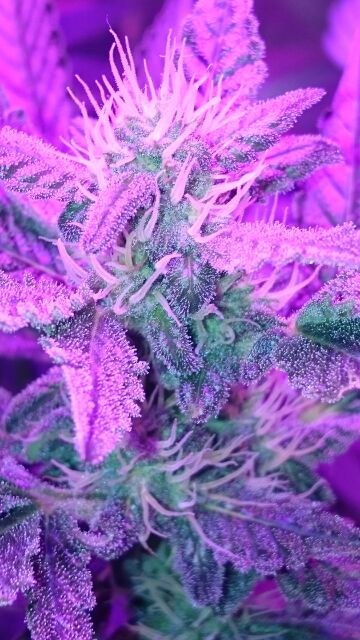
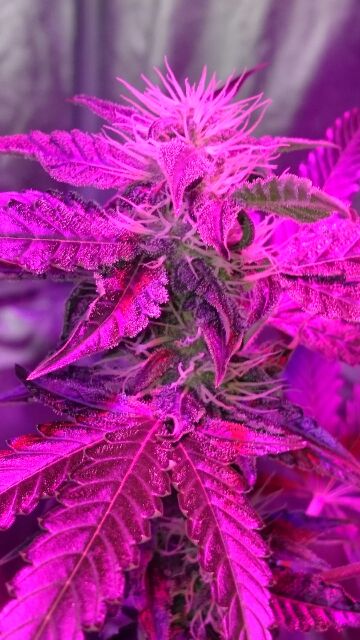
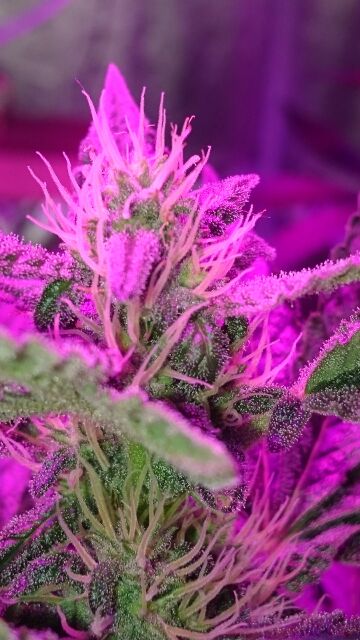
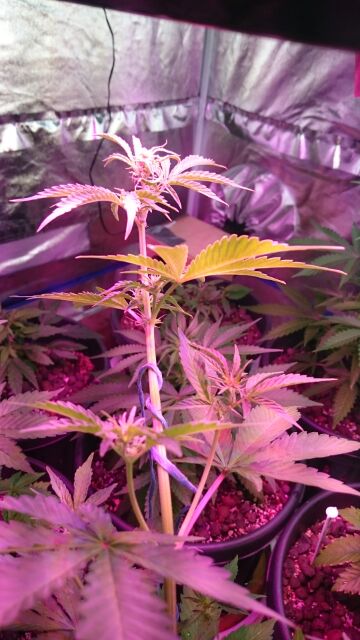
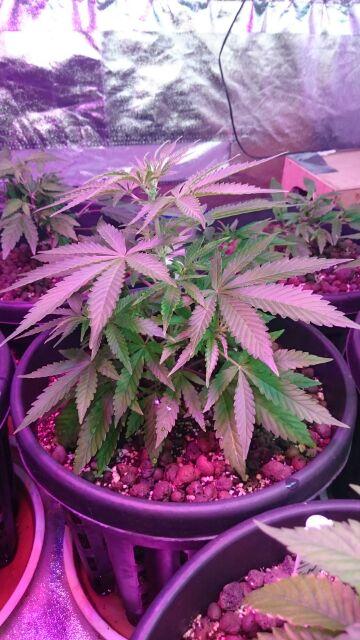
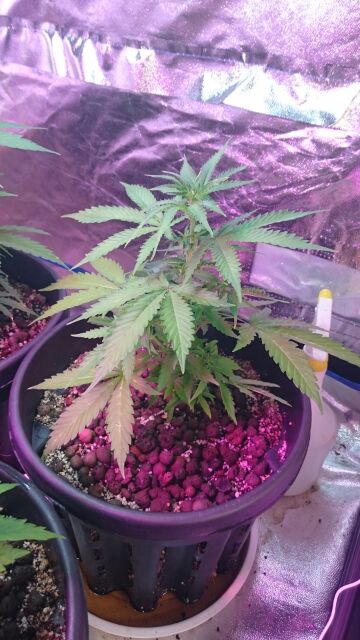
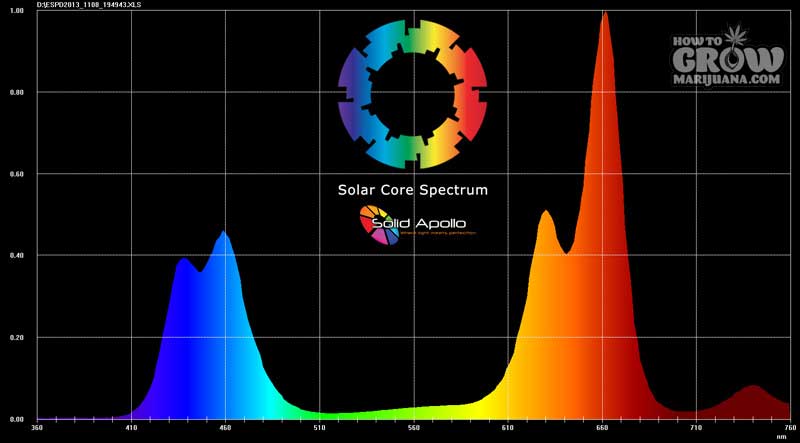
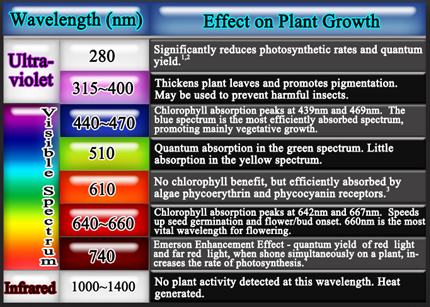
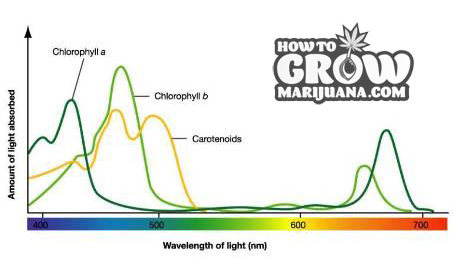
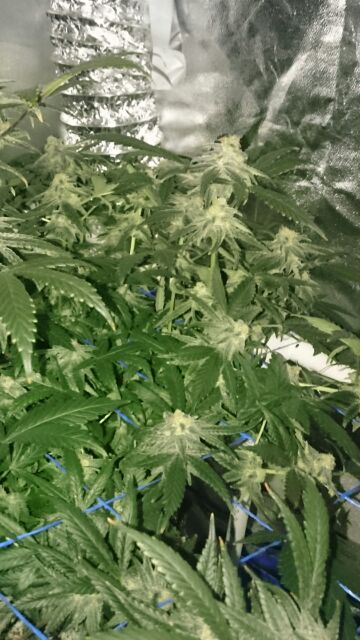


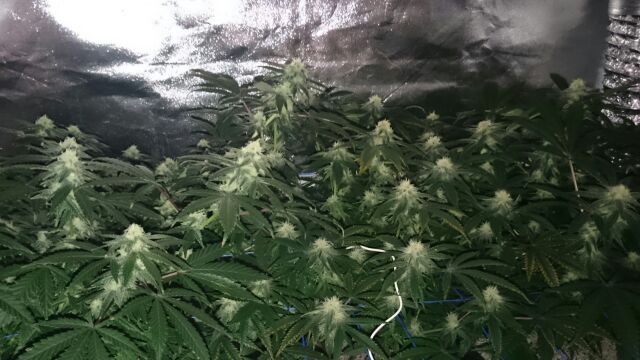

Fastest way to dry trim
in General Discussion
Posted
Hi guys was wondering if I can get some pointers on the quickest way to dry trim for BHO extraction. Thanks ✌
Sent from my D5803